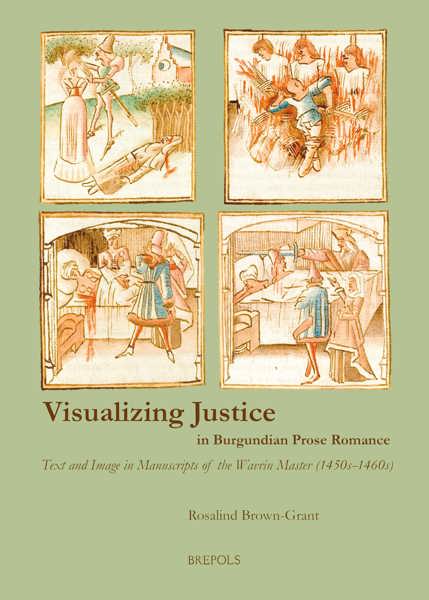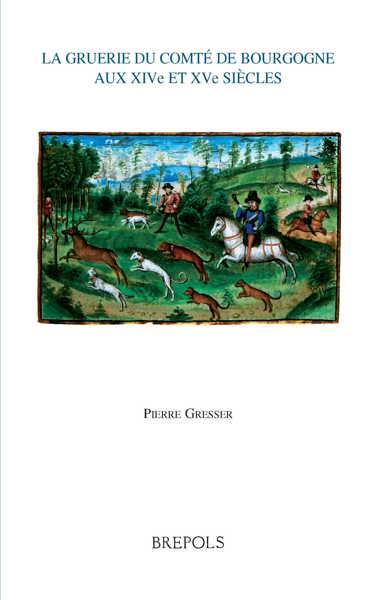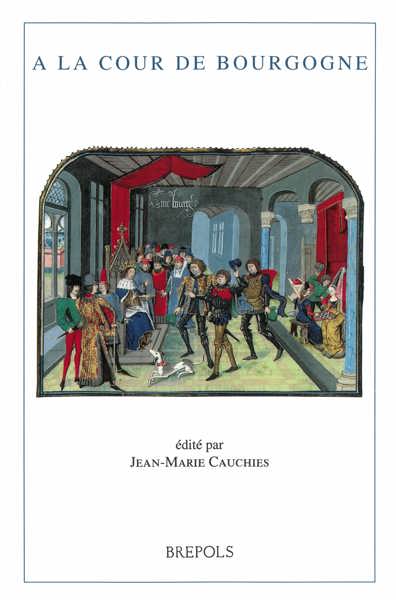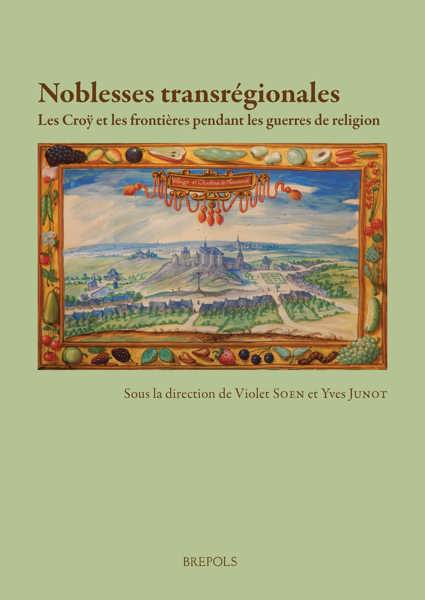
Women at the Burgundian Court: Presence and Influence
Femmes à la Cour de Bourgogne: Présence et Influence
Dagmar Eichberger, Anne-Marie Legaré, Wim Hüsken (eds)
- Pages: xxi + 182 p.
- Size:178 x 254 mm
- Illustrations:39 b/w, 26 col.
- Language(s):English, French
- Publication Year:2011
- € 70,00 EXCL. VAT RETAIL PRICE
- ISBN: 978-2-503-52288-3
- Hardback
- Available
- € 70,00 EXCL. VAT RETAIL PRICE
- ISBN: 978-2-503-53713-9
- E-book
- Available
"This volume makes an important contribution to our growing understanding of the Burgundian world. [...] The richness of the material [...] should readily engage readers and suggest interesting avenues for further exploration." (Anne Simonson, in Renaissance Quarterly 64/3, Fall 2011, p. 919)
"The essays are all well documented and clearly expressed, making this volume an important resource for scholars interested in courtly culture, women's history, or culture in general of the Early Modern period." (A. Roberts, in: Historians of Netherlandish Art, www.hnanews.org/hna/bookreview/index.html, 2012)
"(...) this is a well-conceived collection that offers scholars new insights into women's role in Burgundy in the fifeenth and early sixteenth centuries. Its fruitful exploration of a wide variety of disciplinary avenues expands the research possibilities in this arena and will doubtless inspire future investigations." (Cynthia J. Brown, in: Bulletin du bibliophile, N° 2, 2013, p. 380)
"Cet ouvrage, par ses contributions diverses, touchant plusieurs domaines de l'histoire et de l'histoire de l'art est une addition intéressante aux publications sur la cour et les princesses à la cour, aux XVe et XVIe siècles." (Jacques Paviot, dans: Francia-Recensio, 2013/4)
Dagmar Eichberger is professor of art history at the University of Heidelberg, she teaches Netherlandish and German art and culture from 1400 to 1800.
Anne-Marie Legaré is professor of medieval art history at the University of Lille 3 – Charles de Gaulle. She teaches Women’s Studies and History of Manuscript Illumination.
Wim Hüsken is curator at the Stedelijke Musea in Mechelen. He has written extensively on Dutch literature and theatre of the sixteenth century.




